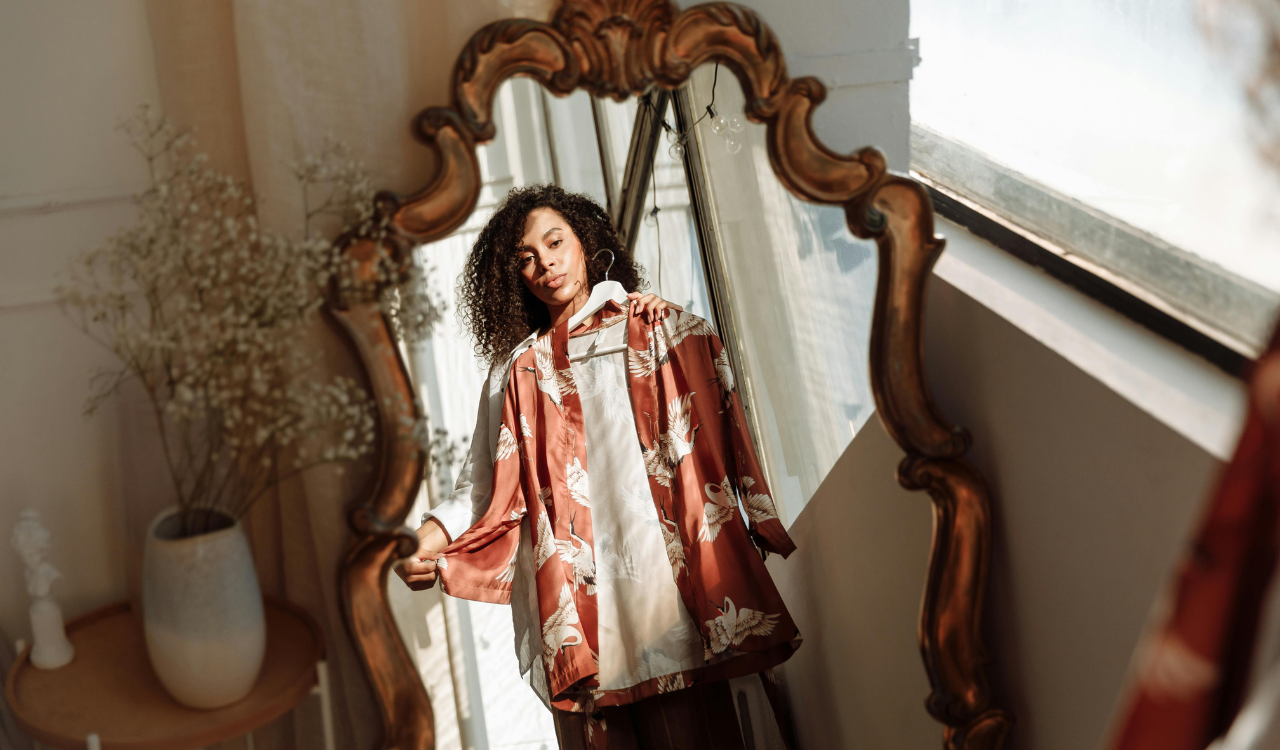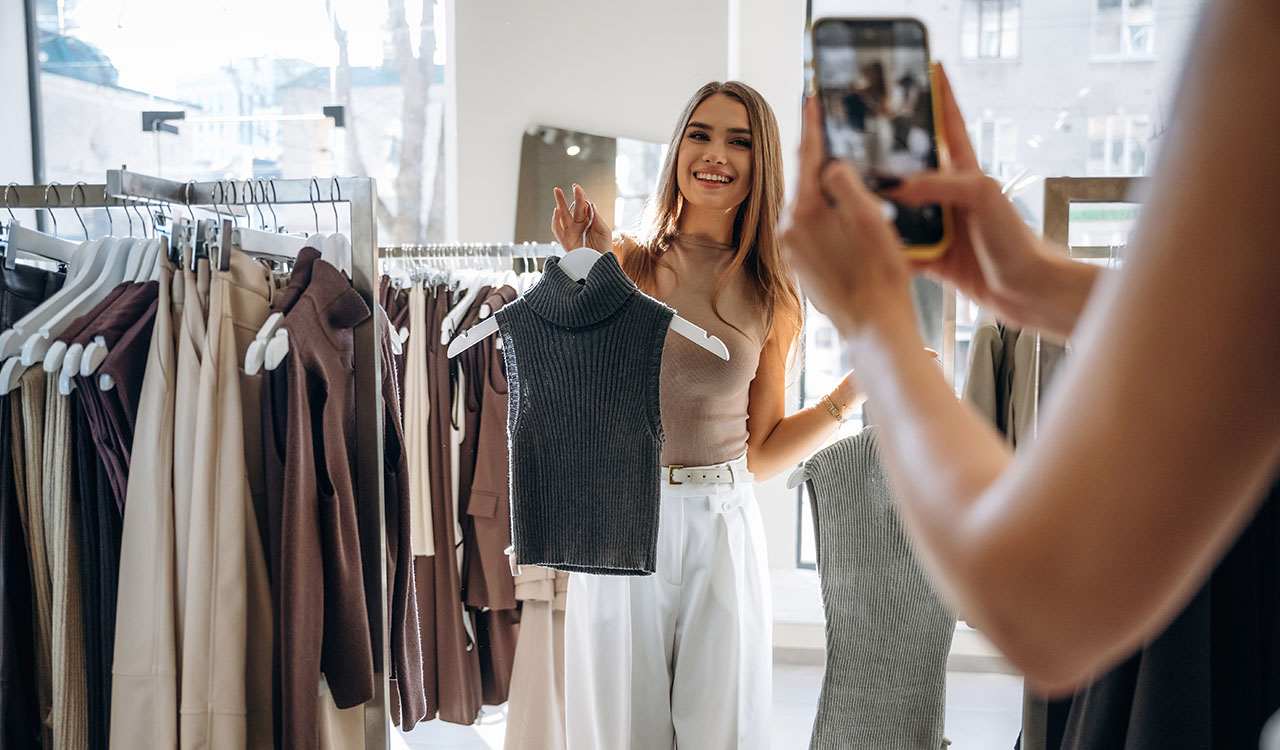The world of luxury has often been regarded as an exclusive club that is off-limits to the mainstream. Luxury brands’ associations with elitist sports, such as Rolex’s sponsorship of Wimbledon or Louis Vuitton’s sponsorship of the America’s Cup, reinforce this perception. This formula was a best practice for luxury brands to create a sense of wealth hierarchy that triggered aspiration for ownership of their products. And it worked. We are talking about a global industry valued at €1.5 trillion. LVMH alone recorded a revenue of €86.2 billion in 2023. The numbers are indeed staggering. And LVMH’s presence at the Paris Olympics was a strategic move.
Luxury brands are also using sports to effectively communicate their commitment to inclusion and diversity. For example, Gucci appointed the English women’s footballer Leah Williamson as a brand ambassador. Similarly, L’Oréal Paris recently appointed the Australian and Manchester City footballer Mary Fowler as a brand ambassador to partner on Women’s Empowerment initiatives.
New Game Rules
But the dynamics of the luxury industry have rapidly evolved. It is no longer a boardroom secret: luxury is becoming more democratic. Of course, to protect their caché, luxury brands need to guard their exclusivity and desirability, the DNA of every luxury marque. At the same time to grow and have a sustainable business, luxury brands need to be relevant to a new generation of luxury consumers. By 2030, Gen Z will account for 25 to 30 percent of luxury market purchases, while millennials will account for 50 to 55 percent. As a result, luxury brands are now turning to less elitist sports that build credibility with a younger demographic.
There is a new game plan that is pushing luxury brands into uncharted territory. For example, Kylian Mbappé, the 25-year-old Real Madrid and French international footballer (AKA soccer in the U.S.) is a global brand ambassador for Dior with over 119 million followers on Instagram. Football conjures a spectrum of images—both positive and negative. At one extreme, football in Europe is associated with hooliganism, violence, and right-wing extremism. Negative headlines, such as racist abuse targeted at footballers, continue to dominate media coverage.
On the other hand, the sport is often referred to as “the beautiful game” that attracts millions of fans globally. Argentina’s shoot-out win over France in the final of the Qatar 2022 World Cup reached a global audience of 1.5 billion viewers.
Being a luxury game changer is to engage with the sport and those football stars who are seen as positive role models. For example, Marcus Rashford, the Manchester United striker, is known not only for his performance on the field but also for his activism to end child poverty. Burberry partnered with Rashford to support UK youth organizations and global charities. The footballer has also been photographed in the classic Burberry plaid, adding fashion edginess to the British luxury brand.
Luxury brands are also using sports to effectively communicate their commitment to inclusion and diversity. For example, Gucci appointed the English women’s footballer Leah Williamson as a brand ambassador. Similarly, L’Oréal Paris recently appointed the Australian and Manchester City footballer Mary Fowler as a brand ambassador to partner on Women’s Empowerment initiatives. According to L’Oréal, “Mary is the embodiment of everything Gen-Z girls and women stand for, proudly growing in her confidence and sense of self-worth, and inspiring others to do the same.” This matters because consumers around the world may choose to buy or boycott a brand solely based on its position on a social justice issue.
The list is becoming endless with fan culture a global phenomenon. “Messi Mania” shows no sign of waning. Yet, it seems there is a race for luxury brands to sign the next celebrity footballer. For example, Jack Grealish is the latest signing for Gucci, while Jude Bellingham is the face and body of the latest SKIMS campaign.
American Arenas
Sporting partnerships also enable luxury brands to influence new and hard-to-reach demographics. Each sport has its own unique profile. A 2024 YouGov survey reported that the NBA’s American fanbase is younger, more male, and multicultural. NBA fans also enjoy significant spending power and, perhaps surprisingly, appreciate the value of luxury. According to the survey, 54 percent of NBA fans agree that “luxury goods are a good investment” (compared to 34 percent of the general population).
Louis Vuitton’s recent appointment of San Antonio Spurs rookie Victor Wembanyama as its latest ambassador is a sign that luxury brands are seeking to capitalize on the NBA’s affinity for luxury fashion. The LV x NBA collaboration was promoted by Louis Vuitton as “a tribute to pop culture, fashion, and basketball.” Similarly, the latest BOSS x NFL collaboration is “an elevated hybrid of performance wear crossed with the comfort and style of BOSS athleisure.”
Style Playbook
Anyone walking through the fashion capitals of London, Paris, New York, or Milan will observe that fashion styles increasingly blur the boundaries between streetwear and luxury. This trend has challenged traditional fashion labels to embrace countercultural style that bubbles up from the streets. The rise of the luxury sneaker, such as the Dior x Stone Island collaboration is a $1,400 example. Founded in 1982 by Massimo Osti, Stone Island is known for its innovative designs that combine fashion, luxury, and streetwear. The Dior capsule collection of fusion style is not for the faint of heart, offering $1000 T-shirts, $1600 shorts and $4,600 bomber jackets.
Sports is the new kid in town driving transformative change in luxury apparel. Indeed, many sports professionals are regarded as fashion icons, which can have a positive spillover effect. For example, HUGO BOSS recently announced a collaboration with David Beckham for its BOSS brand. “David Beckham is a true global icon in both sports and fashion. With his distinctive entrepreneurial spirit and authentic passion for fashion, he perfectly embodies the values of our BOSS brand,” said Daniel Grieder, CEO of HUGO BOSS.
Competitive Advantage
Luxury brands are no longer using sports merely to increase visibility. Sports sponsorship, whether through a player, team, league, or tournament, provides luxury brands with a platform to engage with consumer emotions. The architects of luxury brands and sporting collaborations are seeking to gain a competitive advantage by creating distinctive synergies. For instance, Ralph Lauren, as the Official Outfitter of Team USA, reinforces its American brand identity. “Ralph Lauren has once again created designs that not only capture the essence of American style but also embody the spirit and pride of Team USA,” said Sarah Hirshland, U.S. Olympic & Paralympic Committee CEO.
Mainland China is set to overtake the Americas and Europe to become the biggest luxury market globally. International luxury brands have primarily focused on Chinese (and Korean) models, actors, and singers to connect with Chinese consumers. Yet the ability of luxury brands to tap into local sports stars also resonates with patriotic sentiments, which is seen as a key success factor for luxury brands to win in China. For example, Italian brand Bottega Veneta featured four-time Olympic gold medalist diver Guo Jingjing, table tennis player Xu Xin, and swimmer Ning Zetao in their Chinese Valentine’s Day campaign this year.
Off the Playing Field
Sports can help luxury brands effectively communicate their brand narrative. LVMH’s sponsorship of the Paris 2024 Olympic and Paralympic Games may have surprised many industry insiders. Nevertheless, it has proven to be a unique opportunity for the luxury conglomerate, not only to share the values and spirit of the Olympic Games but also to essentially provide a shop window—or even a billboard—to a global audience.
The Opening Ceremony, watched by over a billion people, included images of Louis Vuitton trunks being carried down to the Seine. Throughout the Olympics, viewers have grown accustomed to seeing medals presented on trays covered in Louis Vuitton’s signature monogrammed canvas.
But this isn’t about selling luxury to the masses. It’s a longer-term strategy to reinforce LVMH’s commitment to both craftsmanship and heritage. In an interview, LVMH chairman and CEO Bernard Arnault asserted, “We wanted to find a way to show through the Olympics that France itself is a creative, refined, and craftsmanship-oriented country.” For example, Chaumet designed each Olympic and Paralympic medal, incorporating a piece of original iron from the Eiffel Tower.
It is a reminder that the magic of sport in the modern world can be a powerful expression of timeless luxury.





